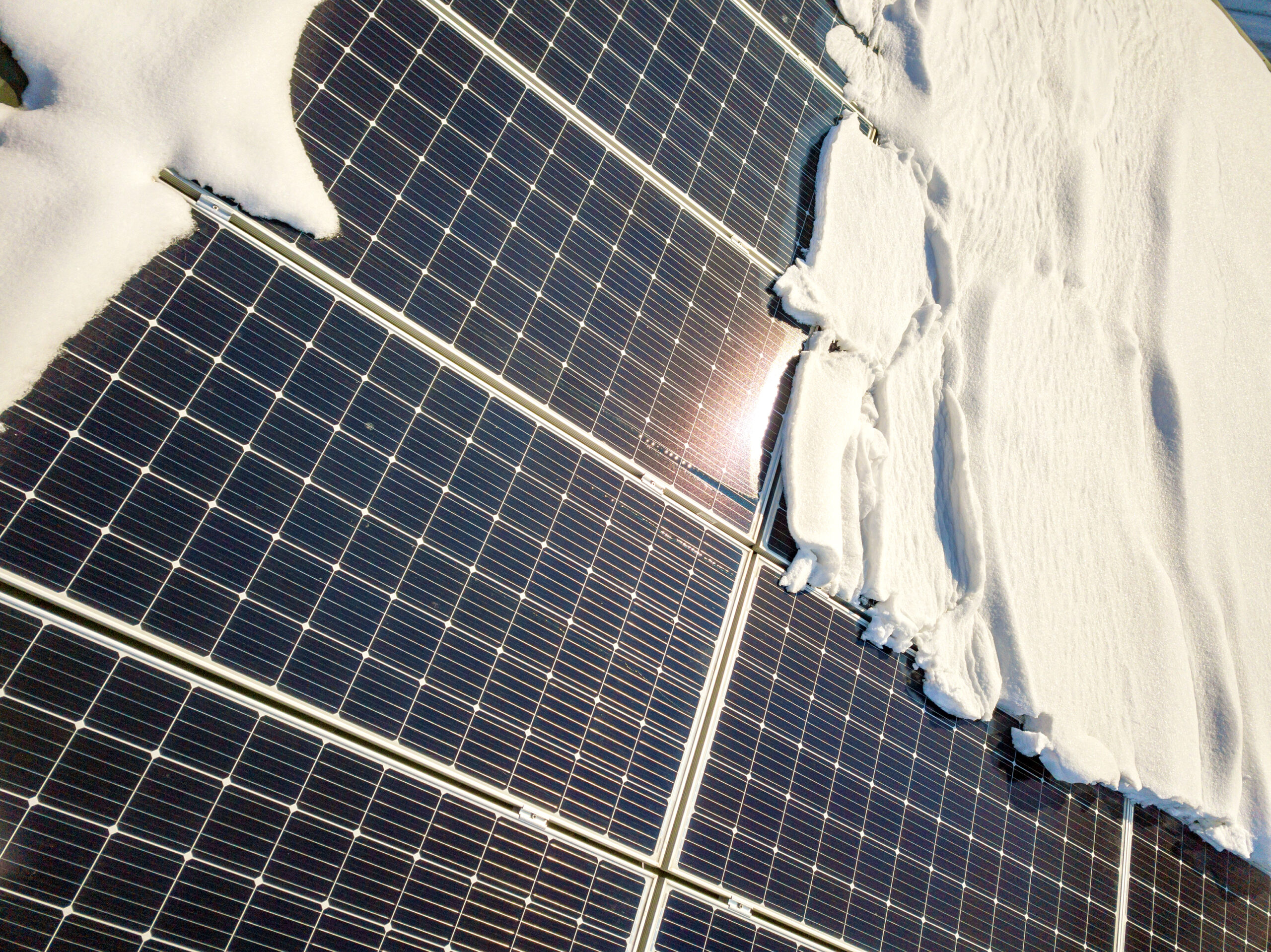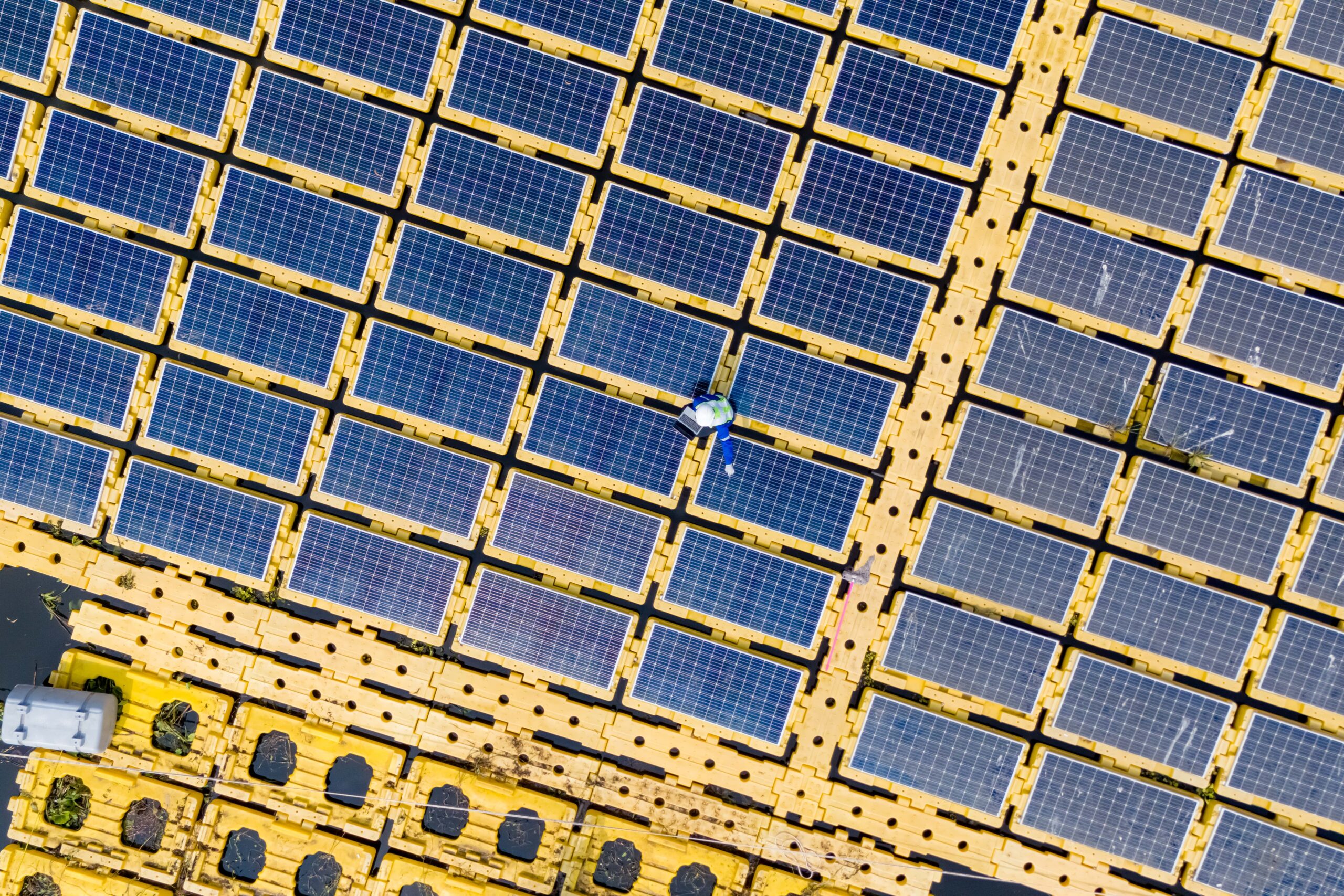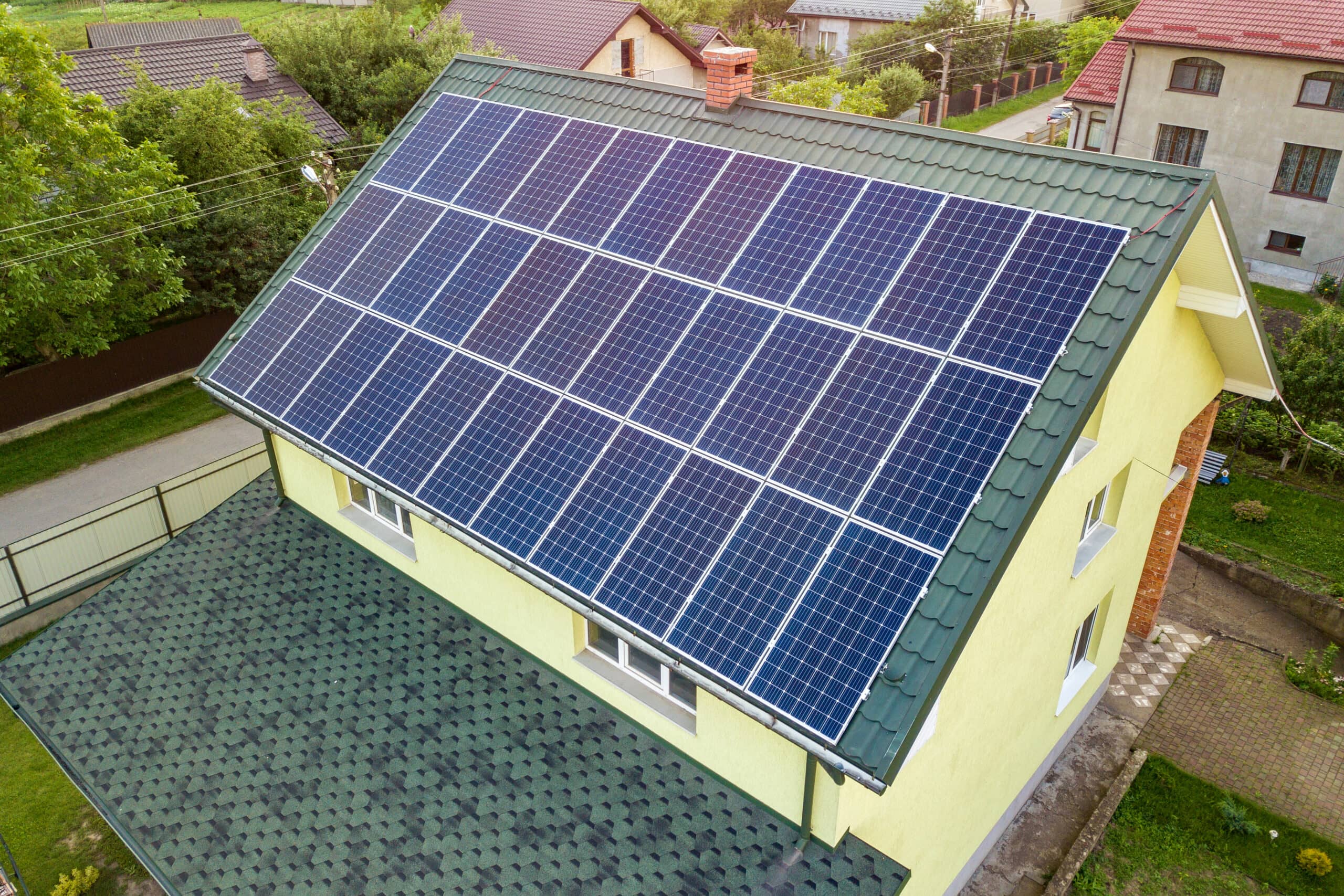Solar power is a promising solution for sustainable electricity generation as the world shifts towards renewable energy sources. However, one common concern among potential adopters is how solar panels perform under less-than-ideal weather conditions such as cloudy, snowy, or rainy days. In this article, we’ll explore the efficiency of solar panels in various weather conditions and discuss strategies to maximize their output even when sunlight is limited. Let’s dive in and shed light on how solar panels fare in different weather scenarios.
Understanding Solar Panel Functionality
Solar panels are unique because they can generate electricity even on cloudy, snowy, and rainy days. Here’s a brief explanation of how they work:
Solar panels contain photovoltaic (PV) cells that convert sunlight into electricity. These cells are made of semiconductor materials, usually silicon. When sunlight hits the PV cells, it excites the electrons, causing them to move and create an electric current.
The critical components of a solar panel include PV cells, an inverter, and a support structure. The PV cells are arranged in a grid-like pattern on the panel’s surface, allowing them to capture as much sunlight as possible. The inverter then converts the DC (direct current) electricity generated by the PV cells into AC (alternating current) electricity, which can power your home.
Even on cloudy or rainy days, solar panels can still generate electricity. While they may not produce as much power as on sunny days, they can still harness the available light to generate electricity. Snowy conditions may temporarily reduce the efficiency of solar panels. However, they can still generate electricity if not entirely covered in snow.
Understanding the functionality of solar panels is essential for homeowners who want to integrate sustainable energy systems into their homes. It’s a great way to reduce reliance on traditional energy sources, lower energy bills, and contribute to a more sustainable and eco-friendlier world.
The Impact of Cloud Cover on Solar Panel Efficiency
Cloud cover can have a significant effect on how much electricity solar panels can generate. When clouds block the direct sunlight, the amount of sunlight reaching the solar panels is reduced.
However, it’s not all gloomy news! Even on cloudy days, solar panels can still generate electricity thanks to diffuse radiation. Diffuse radiation refers to sunlight that scatters in the atmosphere and reaches the Earth’s surface from different directions. This scattered light can still be captured by solar panels and converted into electricity, although at a lower intensity than direct sunlight.
So, while cloud cover does impact solar panel performance by reducing the amount of direct sunlight, solar panels can still produce electricity thanks to diffuse radiation. It’s incredible how they can still work even when the sun isn’t shining brightly.
Maximizing Solar Panel Output in Areas with Limited Irradiance
Maximizing solar panel output in areas with limited irradiance is possible. Here are a few strategies to optimize solar panel efficiency in regions with frequent cloud cover or low sunlight:
1. Choose the correct type of solar panels: Look for panels with high-efficiency ratings and technologies like monocrystalline or thin-film cells that can capture more sunlight even in cloudy or shaded areas.
2. Battery storage: Consider installing a battery storage system to store excess energy generated by your solar panels. This way, you can use the stored energy during periods of low sunlight or cloudy days, ensuring a more consistent power supply.
By implementing these strategies, you can optimize the efficiency of your solar panels and make the most out of limited irradiance. It’s a great way to enhance the value and sustainability of your home while reducing your reliance on traditional energy sources.
Adapting Solar Systems for Rainy Days
Adapting solar systems for rainy days is a smart move. Rain can impact solar panel performance by reducing the amount of sunlight reaching the panels. However, there are ways to maintain their efficiency even during rainy days.
One solution is to incorporate rainwater cleaning systems. These systems help keep the solar panels clean and free from dirt, dust, and other debris accumulating during rainy weather. By ensuring the panels are clean, you can maximize their ability to capture sunlight when available, even after the rain has passed.
Not only does this help maintain the efficiency of your solar panels, but it also contributes to the overall longevity and performance of the system. Plus, using rainwater for cleaning is a sustainable and eco-friendly approach.
So, by incorporating rainwater cleaning systems into your solar setup, you can adapt your solar system for rainy days and ensure optimal performance. It’s a great way to make the most out of your solar investment.
Dealing with Snow: Challenges and Solutions
Dealing with snow can indeed pose challenges for solar panel output. Snow accumulation on solar panels can block sunlight, reducing their efficiency. But don’t worry; there are solutions to maintain their performance in snowy climates.
One effective technique is snow removal. Removing snow from solar panels can help restore their ability to capture sunlight. You can use a soft-bristle brush or a snow rake with a long handle to gently remove the snow without damaging the panels. Avoid using sharp objects or excessive force that could scratch or crack the panels.
Another consideration is the tilt and orientation of the panels. Adjusting the tilt angle to a steeper position can help snow slide off more easily. Additionally, orienting the panels to face the south can maximize exposure to sunlight when the snow starts to melt.
It’s essential to prioritize safety when removing snow from solar panels. Suppose the panels are located in a hard-to-reach area, or you need clarification on the process. In that case, it’s best to consult a professional to ensure proper maintenance.
By understanding the impact of snow accumulation and implementing snow removal techniques, you can maintain the efficiency of your solar panels even in snowy climates.
Innovative Technologies for Overcoming Weather Challenges
When overcoming weather challenges for solar panels, some innovative technologies can help enhance their performance, even under adverse conditions.
One example is the use of anti-soiling coatings. These coatings are designed to repel dirt, dust, and other debris that can accumulate on the surface of solar panels. By keeping the panels clean, they can maintain their efficiency and maximize sunlight absorption, even in less-than-ideal weather conditions.
Another technology to consider is intelligent tracking systems. These systems use sensors and algorithms to track the sun’s movement and adjust the solar panels’ orientation accordingly. By optimizing their position throughout the day, intelligent tracking systems can maximize the amount of sunlight captured, even if there are clouds or changes in weather conditions.
These innovative solutions are just a couple of examples of how technology is used to overcome solar panel weather challenges. By leveraging these advancements, you can enhance the performance and efficiency of your solar energy system, regardless of the weather.
Practical Tips for Maintaining Solar Panel Efficiency
Here are some helpful tips to help you maintain the optimal performance of your solar panels in different weather conditions:
1. Regular Cleaning: Keep your solar panels clean by gently removing any debris, dust, or dirt that may accumulate on the surface. This can be done with a soft brush or a non-abrasive cloth. Regular cleaning helps maximize sunlight absorption and ensures optimal efficiency.
2. Monitor Performance: Keep an eye on the performance of your solar panels by regularly checking the energy production data. This can be done through the monitoring system provided by your solar panel installer. Monitoring allows you to identify any issues or drops in performance promptly.
3. Check for Shade: Periodically check for any objects or vegetation that may cast shade on your solar panels. Even partial shading can significantly reduce their efficiency. Trim any overhanging branches or remove any objects that may obstruct sunlight.
4. Maintain Tilt and Orientation: If your solar panels are adjustable, ensure they are adequately tilted and oriented to maximize sunlight exposure. Adjust the tilt angle seasonally to optimize performance.
By following these practical tips, you can maintain the efficiency and longevity of your solar energy system.
Understanding that solar energy varies with the seasons is essential because it helps us grasp how solar panels work in different weather conditions throughout the year. Even though clouds, snow, or rain might affect their efficiency, solar panels still generate energy. To make the most of them, it’s essential to know how they function and to take practical steps to keep them working well, no matter the weather. Homeowners and businesses can rely on solar energy year-round by investing in good-quality panels and backup power sources. Choosing solar power not only cuts down on using fossil fuels but also pushes us towards a more sustainable future with cleaner, greener energy solutions.






